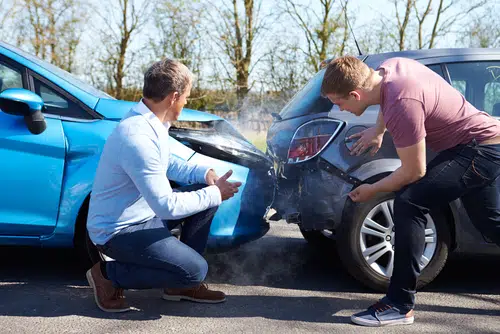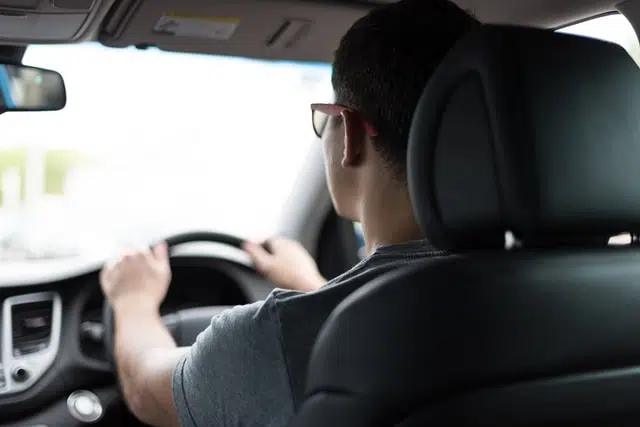Home » Blog » Car » Car Health & Safety » Car Safety Features: Future and Present
Categories
Tags
animal welfare
breed profile
buying a car
buying a pet
Car
car accessories
car care
car features
car insurance
Car safety
car sales
car service
cat
cat behaviour
cat body language
Cat Breeds
cat food
cat insurance
comprehensive car insurance
Dog
Dog Behaviour
dog body language
Dog Breeds
dog food
Dog Insurance
dog training
eco friendly cars
Kitten
New Car
pet accessories
pet activities
Pet Adoption
pet breeders
pet days of the year
pet fun stuff
Pet Health
pet insurance
pet parenting
Pet Safety
pet services
Puppy
rescue pets
road safety
road trip
safe driving
Recent Blog:
Facebook Posts
4 days ago
Are intestinal worms setting up camp in your dog’s gut without paying rent? Here’s how to spot the main culprits and get rid of them too:![]()
![]() Preventing, Identifying and Treating Intestinal Worms in Dogs - bit.ly/43YjCKu
... See MoreSee Less
Preventing, Identifying and Treating Intestinal Worms in Dogs - bit.ly/43YjCKu
... See MoreSee Less
Preventing, Identifying and Treating Intestinal Worms in Dogs
www.pd.com.au
Intestinal worms, such as roundworms in dogs are one of the least glamorous topics on the planet. These intestinal parasites that basically use our dogs
PD Insurance
with Dogs West.
6 days ago
We enjoyed meeting #breeders #doglovers and members at the Dogs West Open Day. Special thanks to our partner Dogs West for organising an incredible event. There is still time to enter our pawsome competition. Click here for details: bit.ly/4covyce![]() #PDinsurance #dogswestopenday #dogswest
... See MoreSee Less
#PDinsurance #dogswestopenday #dogswest
... See MoreSee Less
6 days ago
Did you know? The Manx is a breed that is known for its lack of a tail, which is caused by a genetic mutation.
... See MoreSee Less
Over the years, car safety features have become more and more sophisticated. And it’s a good thing too! Not only are our roads more crowded than they were when cars were first invented, but we travel faster too. Not to mention those long distance roadtrips.
And with distracted driving becoming a bigger problem globally and in Australia, we rely more on these car safety features than we’d like to admit. Plus, the creation of the NCAP safety rating system has made drivers and car-buyers more aware car safety ratings and their importance. Which means there’s more demand for safe cars.
Safety is a focus for almost all car manufactures. But not every model offers high-tech or futuristic safety features. Volvo is often considered one of the industry leaders in this field. They value driving safety so much that it was made one of their core values all the way back in 1927.
Now, nearly a century later, they aspire to have no person harmed or killed in a new Volvo vehicle.
The coolest car safety features
Enough about why we need car safety features. What are manufacturers actually doing about it?
You’ll be happy to know that there are some awesome ones, both future and existing. First let’s look at safety features which are already available on certain cars on the market today.
They may not be “everyday” in the way that airbags or crumple zones are, but they are in action in real-life cars. If you’re more into everyday tech, read about simple car technology you should be using.

Existing car safety features
Automatic Emergency Braking (AEB) used to be the stuff of sci-fi dreams. Nowadays, it’s almost commonplace in new cars. In fact, most major car manufacturers have agreed to equip all vehicles with AEB by 2022. As the name suggests, AEB is when your car brakes for you.
If you’re driving and see something in your path, you have only a split second to decide how to respond. And that’s assuming you see it.
AEB uses sensors to detect possible obstacles and will apply the brakes. It usually alerts you to any obstructions too, by way of sounds, vibrations, or other alerts. If you then don’t respond quickly enough, it will apply the brakes on your behalf.
Lane departure warning is a car safety feature that can help prevent you from crossing lines unintentionally. Ever realised that you’re not staying totally straight when you get complacent behind the wheel, or when you’re turning across a wide intersection?
Obviously, crossing the white lines can be very dangerous. You might hit an oncoming car, side-swipe the car next to you, orr hit a barrier.
The lane departure warning lets you know you’re crossing a line by emitting a sound or making your steering wheel vibrate. Often, this is paired with another safety feature which steers the car back into the lane. If you’re indicating to overtake, you can cross the line without getting told off by your car!
Blind spot detection, available on many new cars, monitors the road behind you. Drivers receive a visual warning if there’s a vehicle in your blind spot when you’re indicating to change lanes.
None of these are foolproof. And they don’t mean you can take your eyes off the road. But these features might lessen the severity of a collision or help you avoid one altogether.
Future car safety features
If internal airbags are so popular, why not external airbags too? Check out this video of the ZF TRW external airbags. Basically, the airbags would deploy on the outside of the vehicle as well as inside. So not only do you reduce the chance of damage to your car, but it also cushions the passengers from impact too.
In time, the windscreen pillars on either side of your car windscreen could be transparent. This means that you’d have a clearer view of the road in front and to the side, rather than big pillar-sized blind spots. Of course, they still need to be structurally sound and be able to safely deploy airbags. So don’t expect to see them coming to a car near you in the immediate future.
Animal detection can help you avoid hitting large animals on the road. So while it might not spot a rabbit, you’re less likely to cause an accident by hitting a kangaroo or emu. At speed, colliding with a kangaroo is going to cause serious injury or even death. Not only can large animal detection save wildlife, but it can help save human lives too.
In the meantime though, read about seven animals on roads to watch out for when you’re driving in regional areas.
Car insurance
With car safety features getting better each year hopefully accidents will one day be a thing of the past. Until then though, car insurance has got your back. If you do have an accident, or your car is stolen or damaged, having comprehensive car insurance in place means you’ll feel less of a financial impact. And you’ll be back on the road with less stress and hassle.
Share On:




